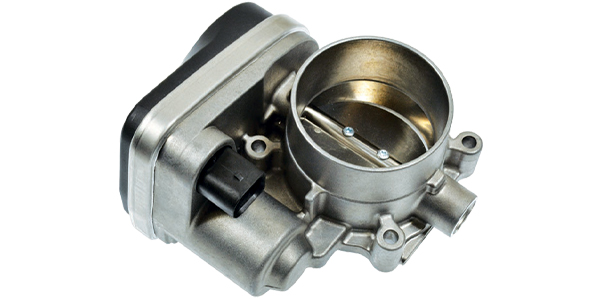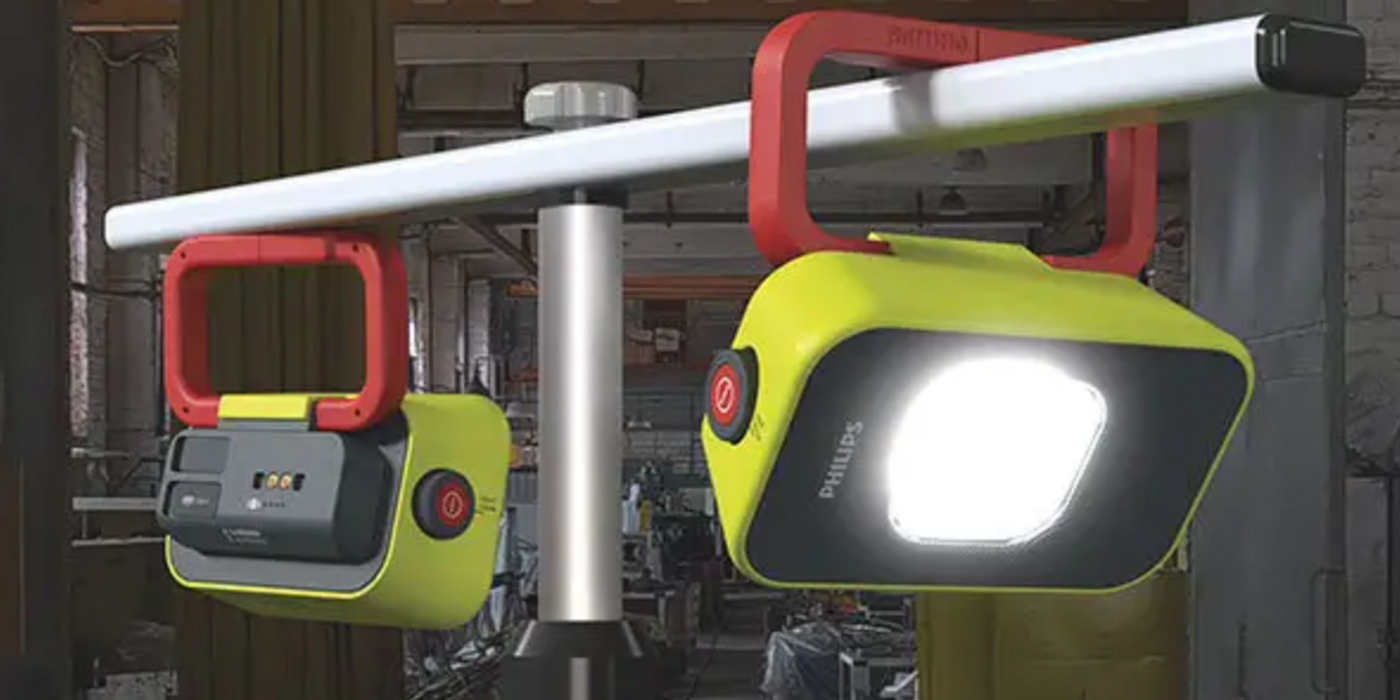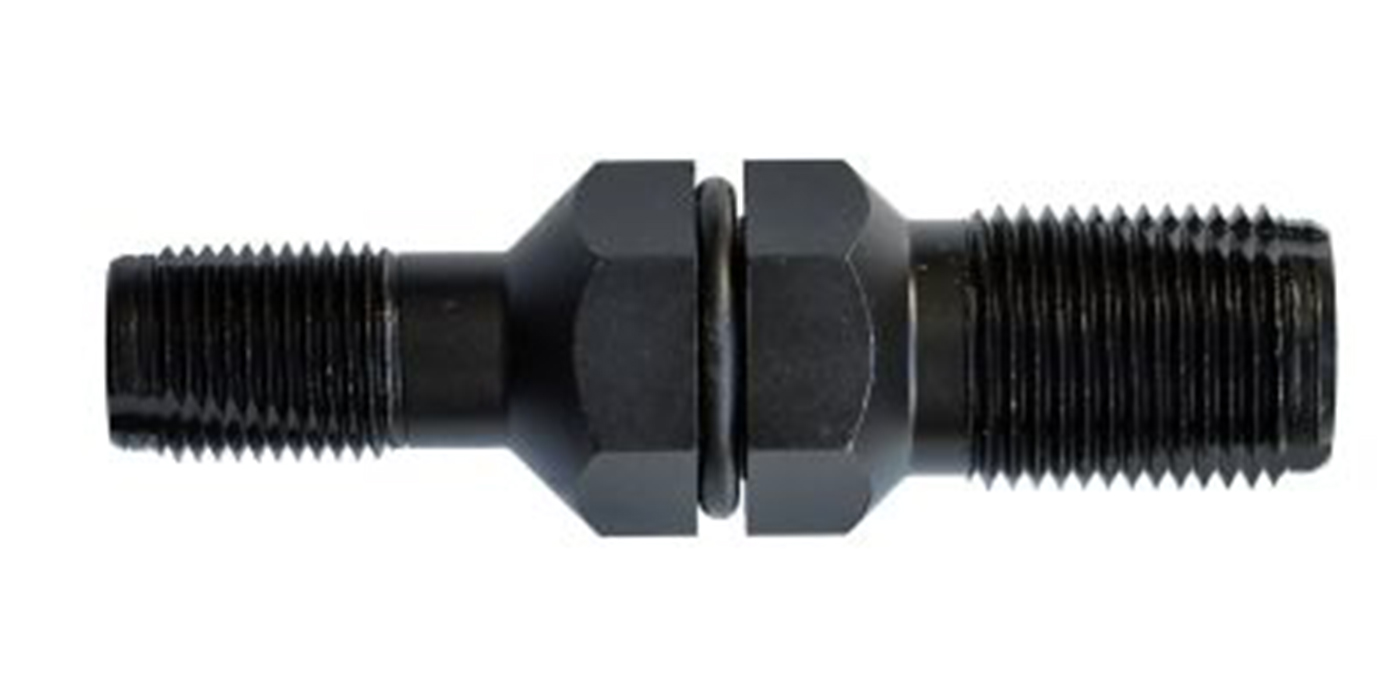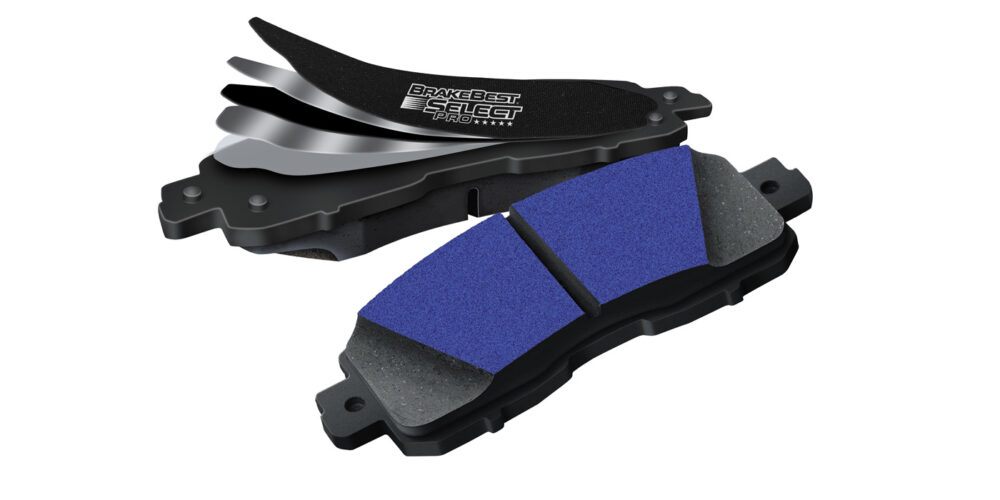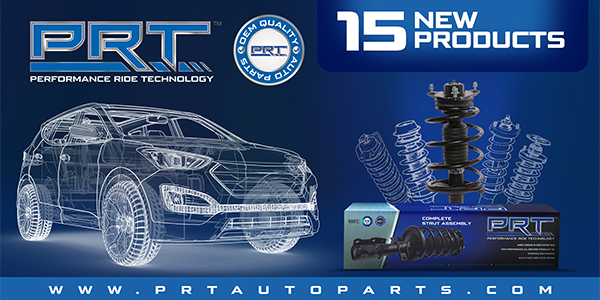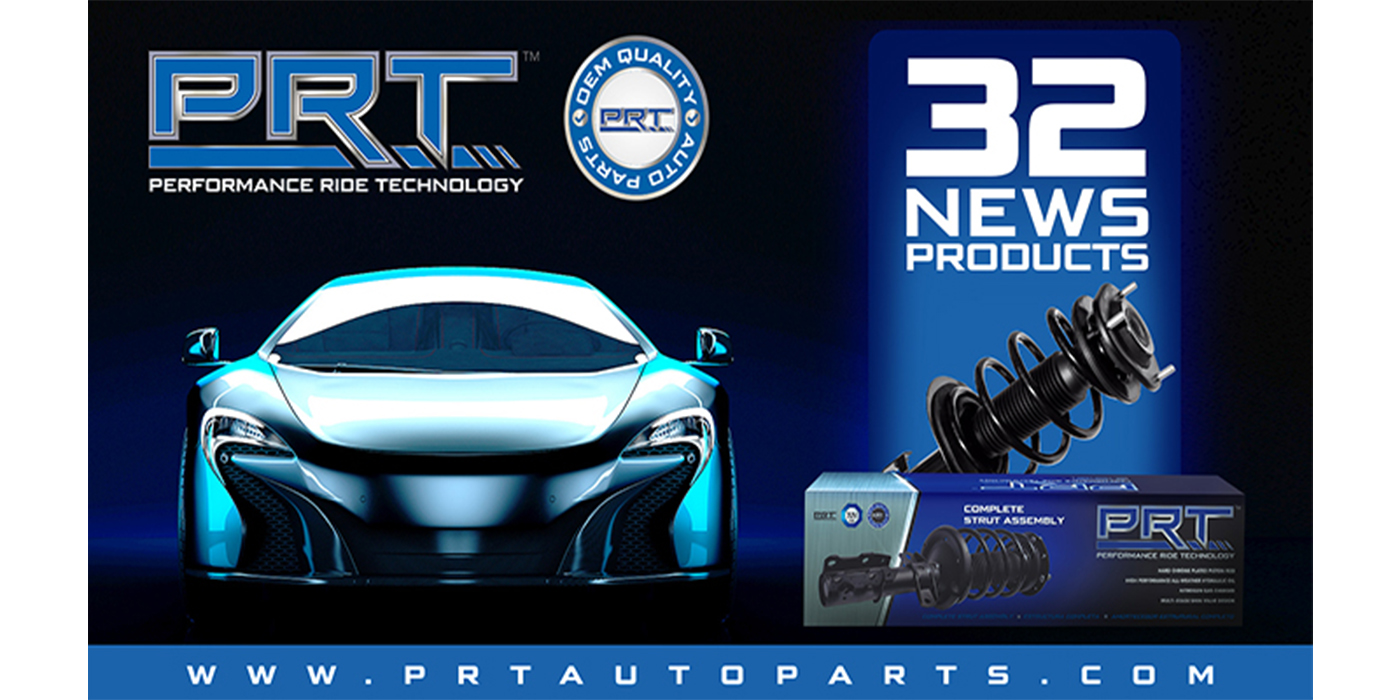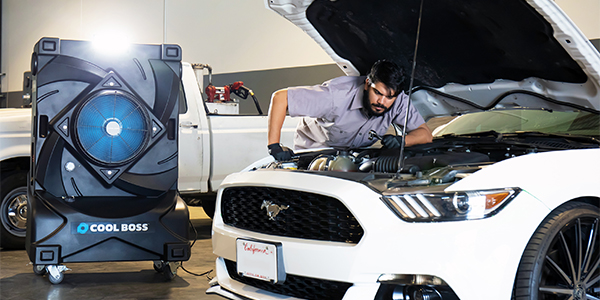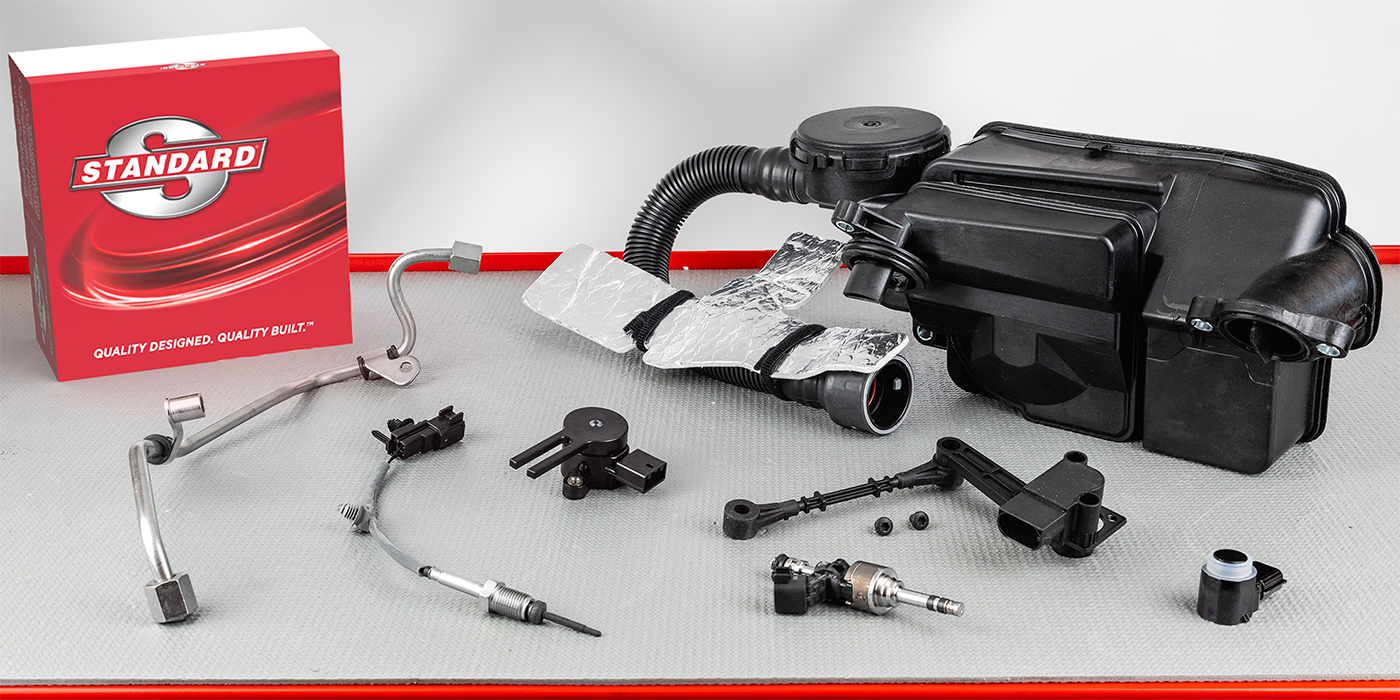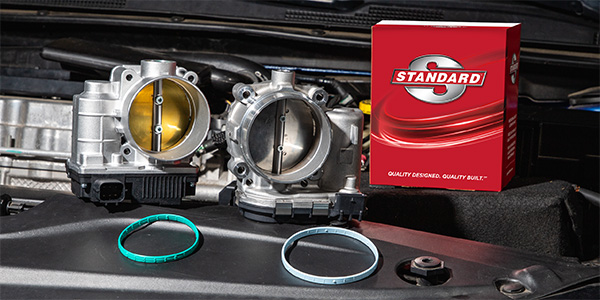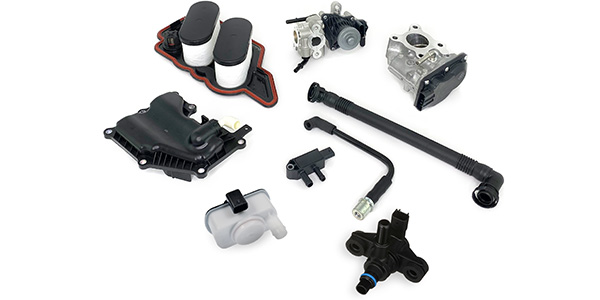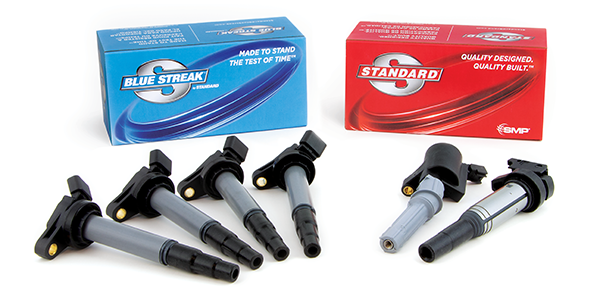Back in 1988, the BMW 7-Series put the first nail in the coffin of the mechanical throttle cable. By 1997, Chevrolet introduced its “throttle acuator control” (or TAC) on the new C5 Corvette.
Today, the old throttle cable is almost nothing more than a memory. Virtually every vehicle manufacturer has an electronic throttle system on every make and model.
Electronic throttle control (ETC) has been responsible for improving fuel economy, reducing emissions, protecting powertrain components and providing a better overall driving experience.
Regardless of the vehicle, electronic throttle controls typically involve two different components: the accelerator pedal position sensor (APP) and the powertrain control module (PCM) that control the electronic throttle body.
In most applications, the APP replaces the throttle cable that connected the acclerator pedal and the throttle blade. Instead, the APP has two or more sensors that act as an input devide to the vehicle’s PCM or, in some cases, the ETC standalone module. In many cases, the APP incorporates a calibrated spring assembly so the driver has a familiar feel when pressing the accelerator pedal.
The PCM is the brains of the operation, analyzing the inputs from the multiple sensors to monitor the position of the throttle blade and adjust the position of the blade according to the driver’s request and the vehicle’s demand.
The throttle body does the actual work but because of the complexity of the system, faults can occur. These faults can be frustrating for the motorist, the service advisor and the technician because even if an intermittent fault happens for just an instant, it may result in a “limp-in” condition for the customer.
Some of the concerns customers with ETC system faults may have can include inoperative cruise control, vehicle stuck in limp-in mode or illuminated warning lights.
When diagnosing ETC faults, technicians should always pay attention to diagnostic trouble codes, check Technical Service Bulletins carefully and look for software updates. Sometimes the real problem isn’t what you think it is.
For information, visit StandardETB.com.

